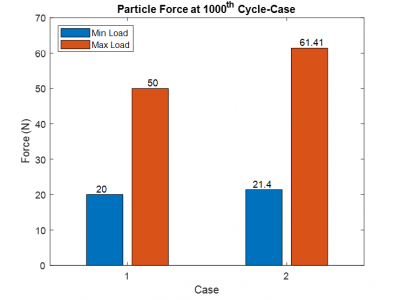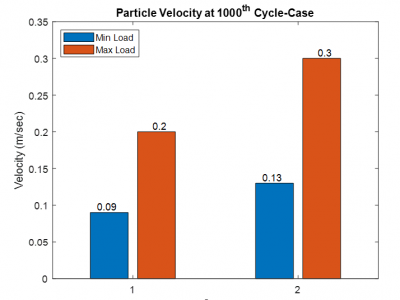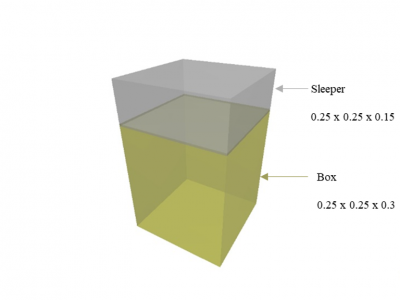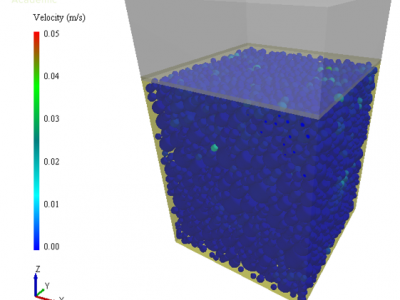- RESEARCHER
- Yahia Alabbasi
- INSTITUTE
- Qatar University, Qatar
- DEPARTMENT
- Civil & Architectural Engineering Department - College of Engineering
- SUPERVISOR
- Dr. Mohammed Farouk & Mohammed Hussein
- TIMELINE
- 2017-2019
Ballasted tracks have been widely used in many countries around the world. Ballast layer is the main element in ballasted track. After service, ballast aggregates degrade and deform. Periodical maintenance for ballast layer is required; which is a cost and time expensive activity. Researchers used numerical approaches to understand the behavior of railroad ballast that leads to efficient design and maintenance. The Discrete Element Method (DEM) has been used increasingly to understand the mechanical behavior of railroad ballast, more frequently through box test. Most researches in the literature simulate the train loading as a pure continuous sinusoid based on train speed and axle spacing; unlike the actual loading induced by trains. This study aims to show the influence of simulated train loadings on ballast mechanical behavior using DEM via box test through EDEM. API is used to simulate the different loading cases. The study utilizes the theory of Beam on Elastic Foundation to simulate a more realistic train load (Case 1). The results from the more realistic simulated train load are compared with those from a sinusoidal load (Case 2). The compared results highlight the influence of the simulated train load on the mechanical behavior of railroad ballast. Sponsor: Qatar Rail Publications: Y. Alabbasi, M. Hussein (2019) Geomechanical Modelling of Railroad Ballast: A Review, Archives of Computational Methods in Engineering,

Maximum particle force for each loading case at the minimum and maximum loading of the 1000th cycle 
Maximum particle velocity for each loading case at the minimum and maximum loading of the 1000th cycle 
Box test geometrical set up used in EDEM (dimensions in meters)  Fig 4
Fig 4
EDEM has proven for users in both academia and industry, the worth and value of DEM modelling and analysis through simple and easy interface; as well as a helpful support team. I think the main strength of EDEM is the simple and easy functional interface, besides the API which allows for several customizations in DEM modelling.